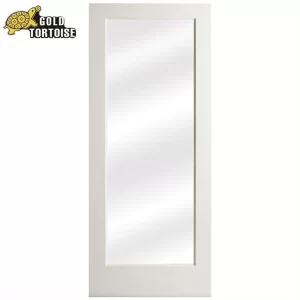Galvanized steel and painted steel serve different purposes and offer distinct advantages, so determining which one is better depends on the specific application and requirements. Here are some key points to consider:
Corrosion Resistance: Galvanized steel has excellent corrosion resistance due to its protective zinc coating. Zinc acts as a sacrificial layer, protecting the underlying steel from rust and corrosion. Painted steel, on the other hand, relies on the paint coating for corrosion protection, which may be less effective over time, especially if the paint is scratched or damaged.
Durability: Galvanized steel is highly durable and can withstand harsh environments, including exposure to moisture, chemicals, and outdoor elements. The zinc coating provides long-lasting protection. Painted steel can also offer durability, but it may require periodic maintenance, such as repainting, to maintain its protective layer and appearance.
Aesthetics: Painted steel allows for greater flexibility in terms of colors and finishes. It can be customized to match specific design preferences or branding requirements. Galvanized steel typically has a metallic gray appearance due to the zinc coating and is less versatile in terms of aesthetic options.
Cost: Galvanized steel tends to be more cost-effective in the long run, as it requires less maintenance and has a longer lifespan due to its superior corrosion resistance. Painted steel may have a lower initial cost, but ongoing maintenance expenses can add up over time.
Application: The choice between galvanized steel and painted steel depends on the intended application. Galvanized steel is commonly used in outdoor structures, such as fences, roofing, and utility poles, where corrosion resistance is crucial. Painted steel is often used in indoor applications, decorative elements, or where aesthetics play a significant role.
In summary, galvanized steel excels in terms of long-term corrosion resistance and durability, making it preferable for outdoor applications. Painted steel offers greater aesthetic versatility but may require more maintenance and is typically more suitable for indoor or decorative purposes. Consider the specific requirements and factors involved to determine which option is better for your particular needs.







